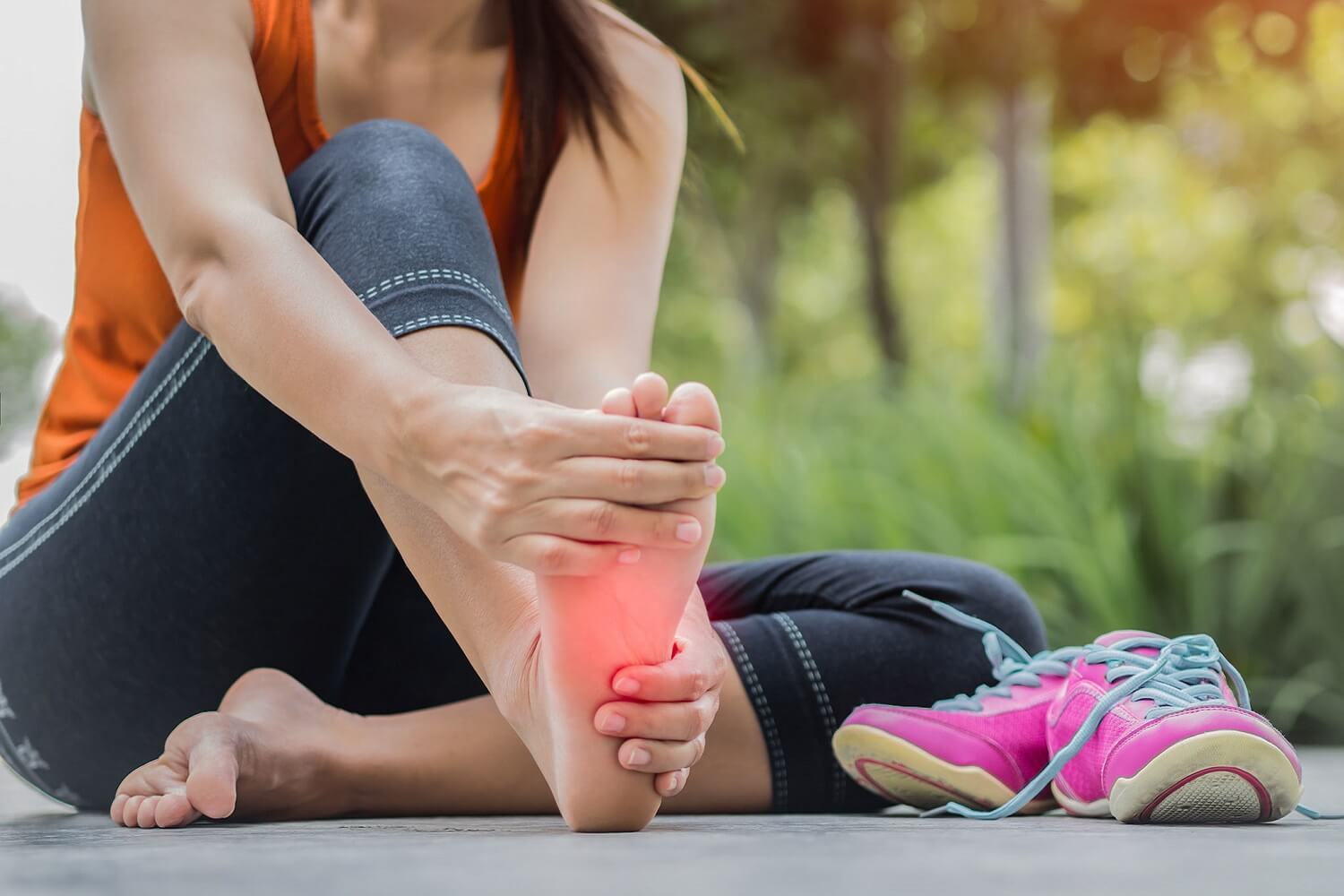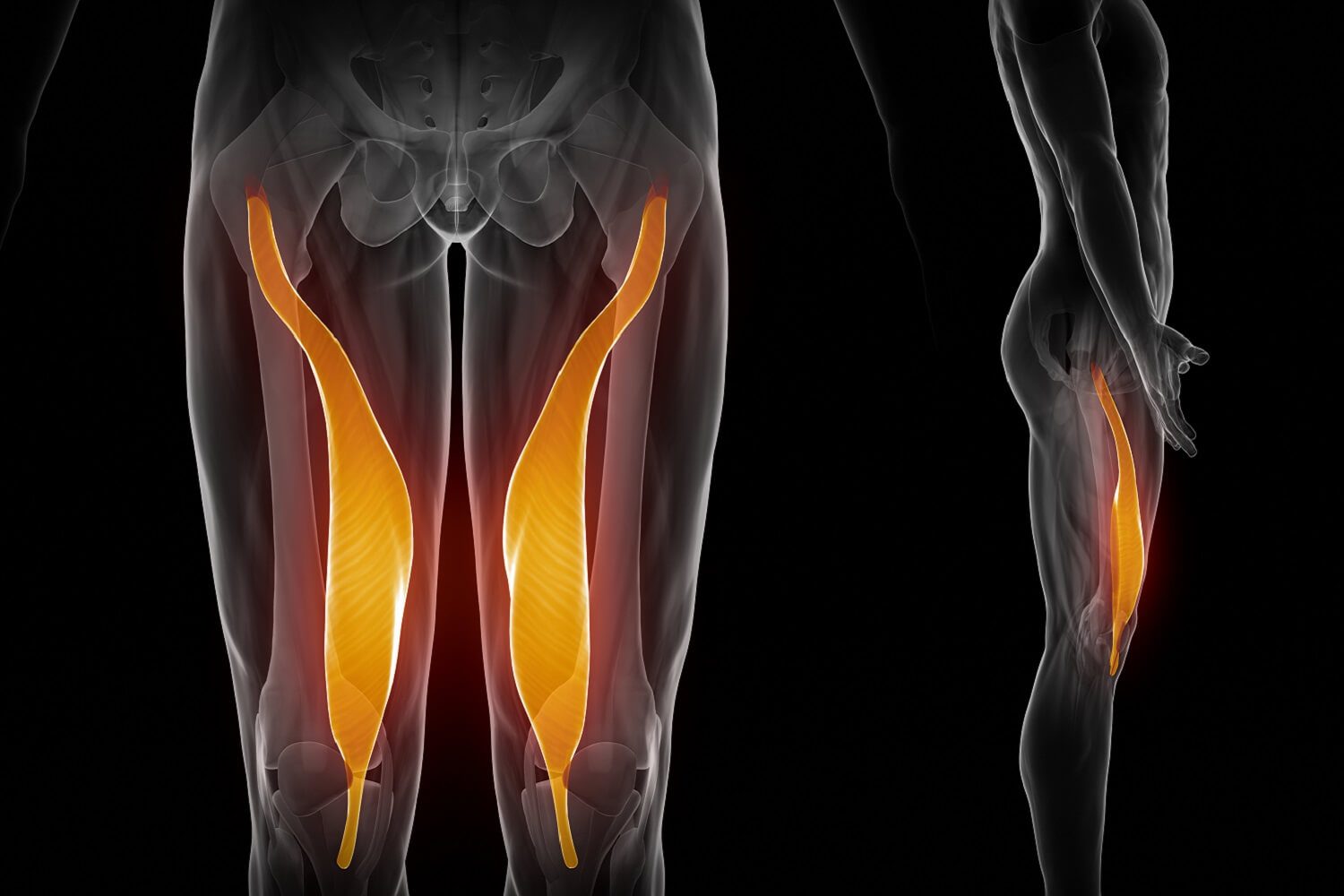Start training early
Don’t wait until you’re a week away from your event. Start your training now. We suggest using ‘progressive overload’, which is when you gradually increase the intensity of your workout in small increments over time. Your body will respond to the stress and get fitter and stronger. If you load your body properly, your muscles, bones and tendons will strengthen. Start your training early, begin slow and give your body enough breaks to allow it to rest and repair.
Pay attention to your body
Listen to what your body is telling you. If you’re overloading your muscles, tendons, ligaments and bones, you may experience stiffness, aches, pain, weakness or strain. If you have these symptoms, it’s okay. Next time you work out, turn down the intensity. Rather than stopping completely, simply replace a 5km run with a 5km walk. Or turn a 40-minute run into four 10-minute runs with interval walking.
Strengthen your pelvis and lower limbs
Shin splints, Achilles tendonitis, ITB friction syndrome and gluteus Medius tendinopathy are all common running injuries that we treat at Sports Focus. While we can certainly help you recover from them quickly and safely, they can be prevented altogether. Strengthening important tissues will enable your body to cope with the load that comes within running. We suggest you alternate between running and lower limb strengthening workouts. This will help you prevent injuries and also recover from injuries more effectively.
Are you often in pain, or do you often get injured when you run? Are you wondering how to run faster, longer and with more ease? If so, get your biomechanics checked at Sports Focus. A professional running assessment will identify how you run, allowing us to help you improve your running. These running assessments and treatment plans are individualised for, and specific to, you and your needs.



